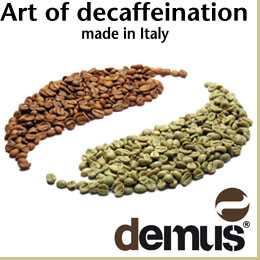Poor households in Guatemala, El Salvador, Honduras, and Nicaragua dependent on subsistence farming and coffee-growing activities have faced climatic and economic shocks adversely affecting their food security for the past two years.
These households have depleted their food reserves from previous harvests and are largely dependent on market purchasing for their food supplies.
Based on current below-average harvest forecasts for 2014/2015 due to the erratic rainfall associated with El Niño events and with the continuing income effects of the coffee rust outbreak, very poor households in parts of eastern and western Guatemala are expected to face Crisis levels of food insecurity between July and November.
Other municipalities in these same areas and in coffee-growing mountainous areas of El Salvador and western and southern Honduras will face Stressed levels of acute food insecurity through September.
The harvest of Primera crops (in August/September) normally marks the end of the yearly lean season. However, with a 59 percent probability of the development of El Niño conditions over the three-month period from June through August, this year’s harvest is expected to be below-average.
Yields from Postrera crops (harvested in November/December) are also threatened. Certain crops in eastern Guatemala are already reportedly water stress due to the rainfall anomalies in that area, with the rains starting late in parts of northern and southern Guatemala, eastern Honduras, and the Atlantic Zone and Dry Corridor of Nicaragua. This compounds the unfavorable weather forecast for the Primera growing season.
For the last two years, the purchasing power of very poor households across the subregion (day laborers and small farmers) affected by crop failures in the Dry Corridor has been weakened by income losses from casual labor in the coffee sector, even with the low price of white maize compared to last year and the five-year average.
In Guatemala in particular, production losses from the coffee rust outbreak on plantations beginning in late 2012 were assessed at 22 percent for the country as a whole (for 2013/2014) and as high as 100 percent for small coffee growers.
In addition, a sharp drop in the selling prices of coffee beans (by 60 percent compared with April 2011 prices) slashed the incomes of day laborers by up to 80 percent.
With these cash earnings normally used to purchase food during the annual lean season from April to September, this represents a 50 percent loss of household purchasing power for this year. Thus, Guatemala has the highest levels of food insecurity in the region.
The combined effects of smaller staple grain harvests and continued low incomes from shortfalls in coffee harvests due to the rust outbreak will create food consumption gaps between July and November of this year, during the lean season.
In addition, the unusually high prices of red beans and seasonal rises in prices for black beans and white maize will curtail food access.
It is estimated that approximately 110,000 members of households of day laborers and small farmers in coffee-growing mountain areas of El Salvador and western and southern Honduras will face Stressed levels of acute food insecurity until the September harvest of Primera crops, marking the end of the lean season.
Thereafter, in general, households in these countries are expected to experience Minimal acute food insecurity between September and the November/December harvest of Postrera crops, though there will still be small pockets of Stressed households.




















